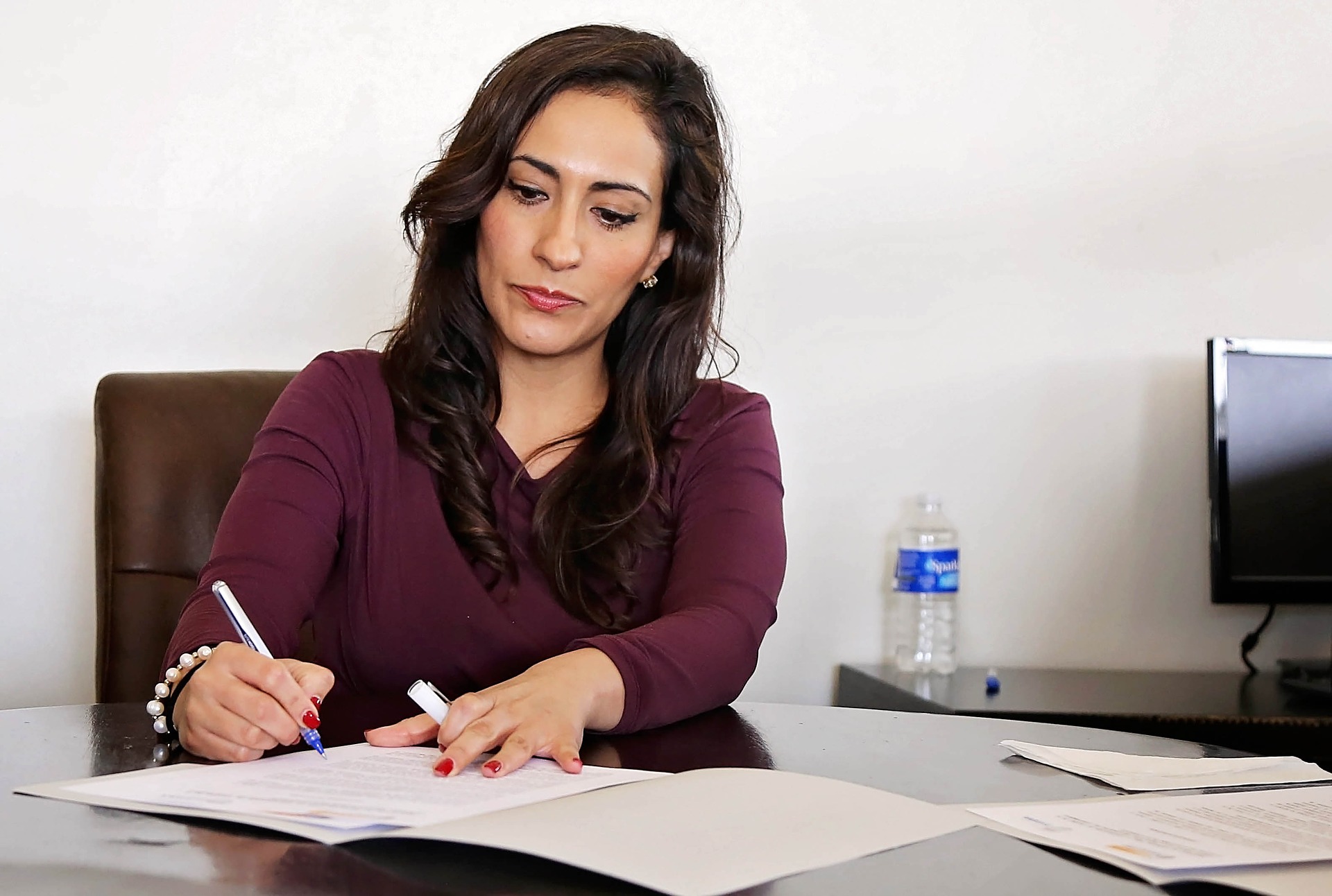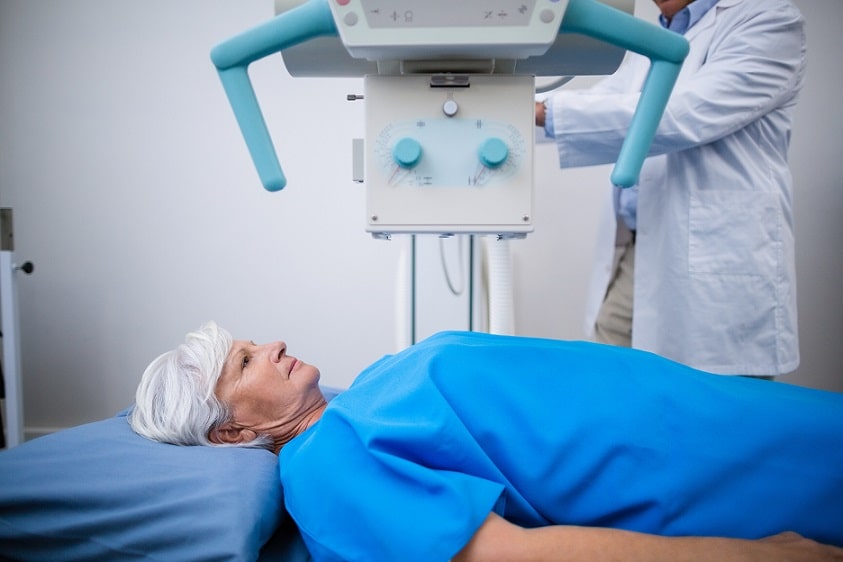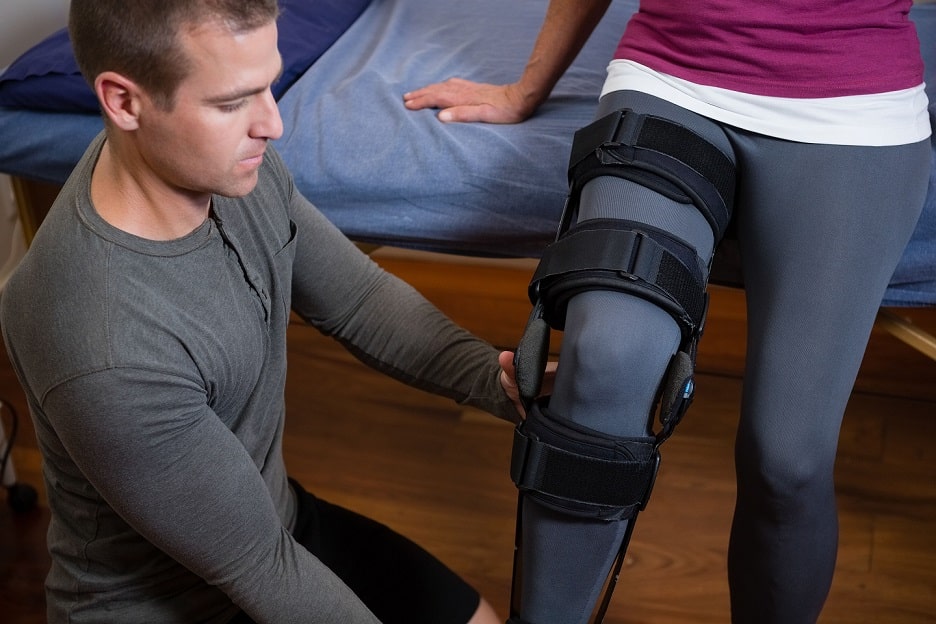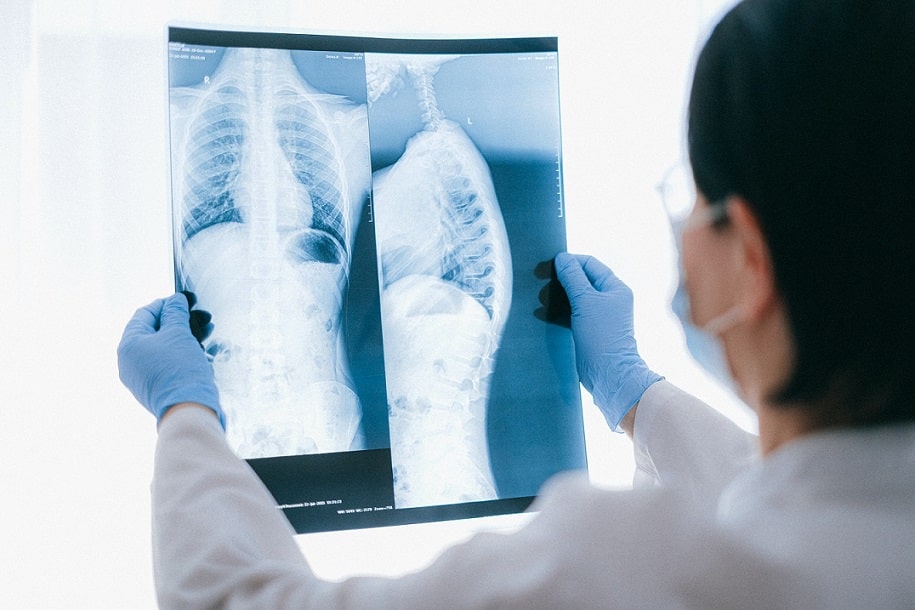 Have you been injured in a Road Traffic Accident that wasn’t your fault? If so, then you may be able to claim compensation for your injury.
Have you been injured in a Road Traffic Accident that wasn’t your fault? If so, then you may be able to claim compensation for your injury.
Whether it was a major head on collision causing you serious injuries, or if someone carelessly bumped into the back of your car, causing you whiplash, or if you were an innocent passenger in the vehicle at the time of the accident, its highly likely you would have a claim worth pursuing for compensation.
I’ve had an accident, what shall I do now?
If you’ve had an accident, although this can prove difficult, especially if you have sustained concussion as part of your injury, the most important thing to do is to try and remember as much information as you can. If, understandably, it was a traumatic experience this can prove extremely difficult as our minds tend to forget certain things as a defence mechanism. So the best thing to do really would be to write down as much information as you can remember about the accident, and the surroundings at the time.
How does it work?
Once we have all the information we need about your accident and injuries, we will submit a Claims Notification Form directly to the insurer of the driver at fault. This then allows them to have 15 working days to accept liability for your road accident. This procedure to pursue a claim for a road traffic accident is called the Pre-Action Protocol. This only applies to claims ranging from £1,000 to £10,000, and was brought into place on the 30th of April. However, the limit for road accident claims has now increased, as of the 31stof July, to up to £25,000. Therefore the Protocol allows for both the defendant and the claimant to exchange information between them; allowing the claim and investigations to be carried out. The Protocol is divided up into 3 different stages, before the claim reaches Court. If a settlement figure is agreed by both parties, then the claim would not need to go to Court, and would end at Stage 2.
Stage 1
All the information is gathered and the Claim Notification Form is sent out to the defendant’s insurer. This is submitted electronically through an online portal, then allowing the other party 15 working days to decide upon whether they are going to accept liability for the accident. If the insurer fails to respond within the 15 days, or deny liability, then the claim falls out of the portal. However, if they accept liability, then the claim progresses on Stage 2 of the Protocol. Don’t worry if the other party deny liability, although your claim would no longer progress through the portal, this does not mean you are not able to win your claim.
Stage 2
Once liability has been accepted, this is the stage in which both parties can negotiate a settlement figure based on the medical evidence and reports which have been sent to the defendant’s insurer. In the meantime if the claimant is suffering also financially because of their accident, for example, if they have had to take time off work and their statutory sick pay is not enough to support their outgoings, then an interim payment may also be made at this stage. This is to allow the Claimant to manage financially whilst their claim is being negotiated between the other party. However, after negotiating, if both parties are unable to agree upon a suitable settlement figure, at this stage, the claim would then proceed to Stage 3 of the Protocol.
Stage 3
This is the stage at which the claim reaches Court, as both parties have been unable to come to some sort of agreement. This means that the claim is no longer in the hands of the Claimant and the Defendant, but is given to a Judge to assess the medical evidence and information given. A Judge will then make a decision, based on this, of the amount of damages to award to the Claimant.

 Have you been injured in a Road Traffic Accident that wasn’t your fault? If so, then you may be able to claim compensation for your injury.
Have you been injured in a Road Traffic Accident that wasn’t your fault? If so, then you may be able to claim compensation for your injury.









